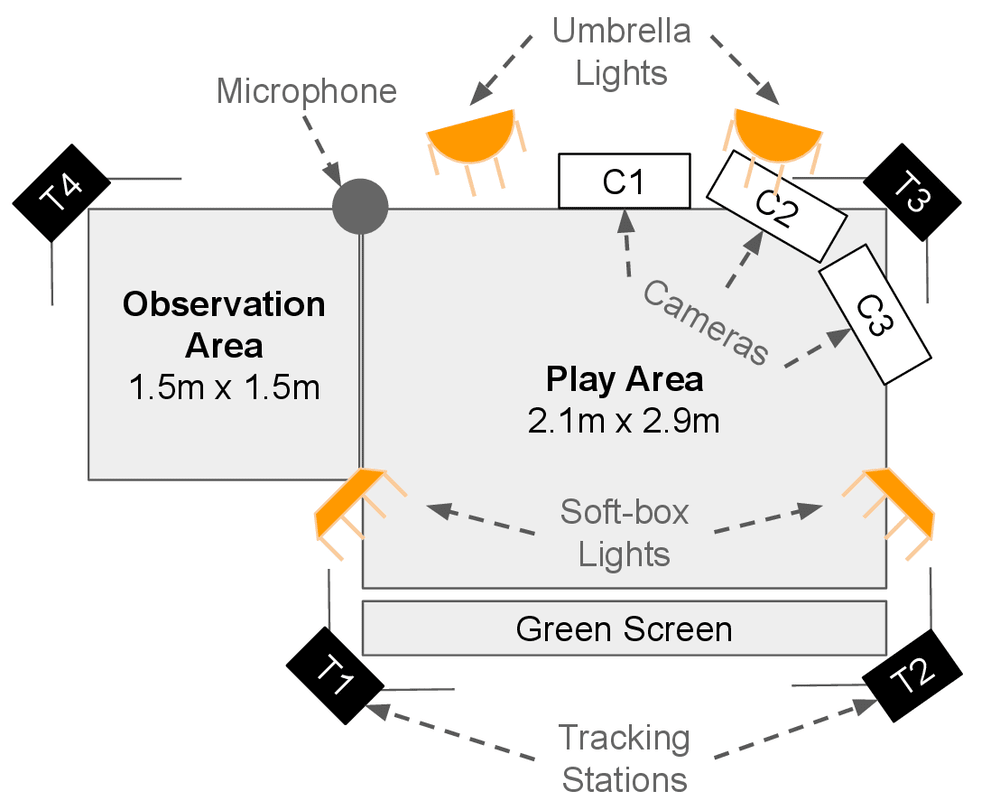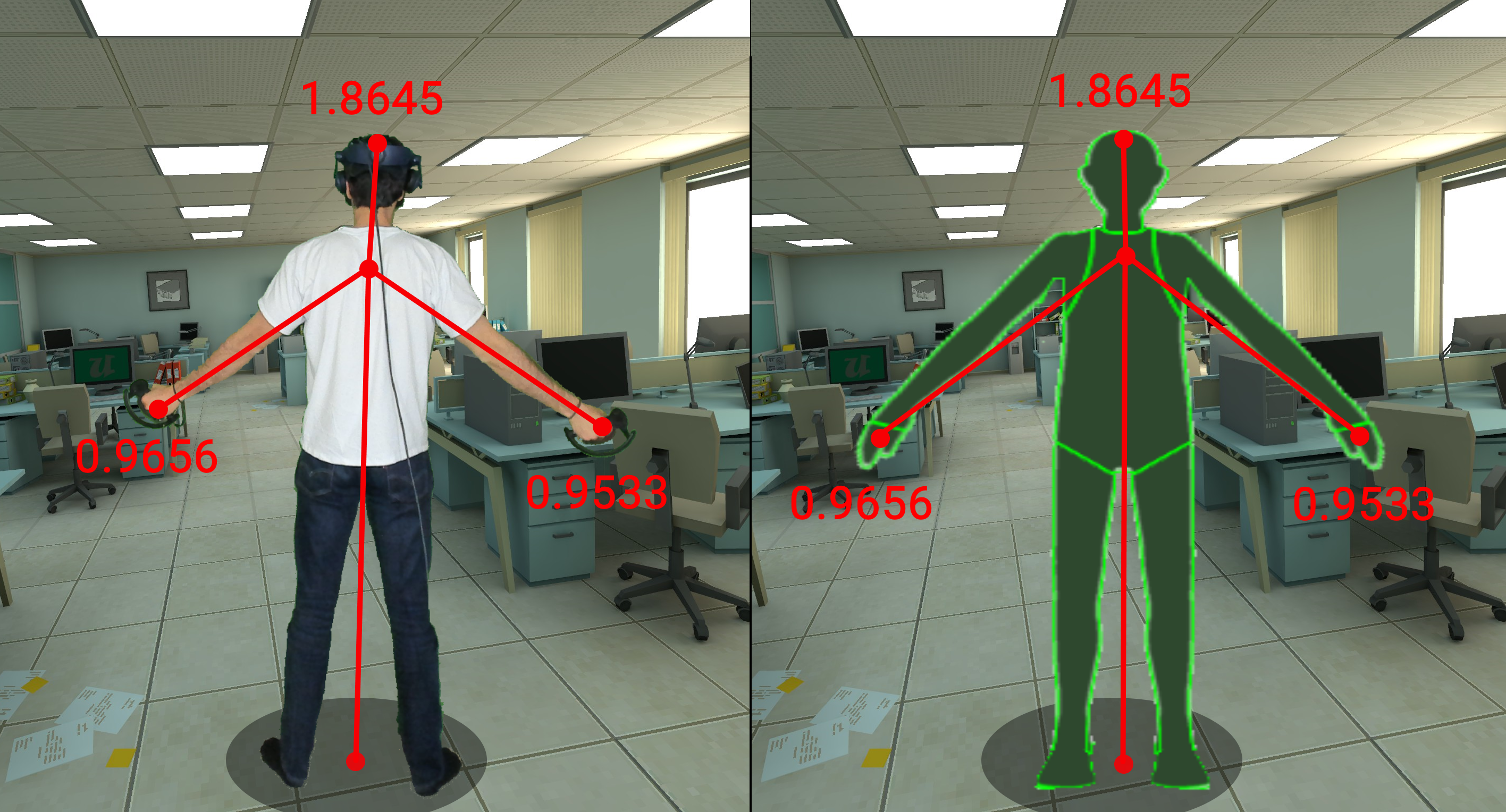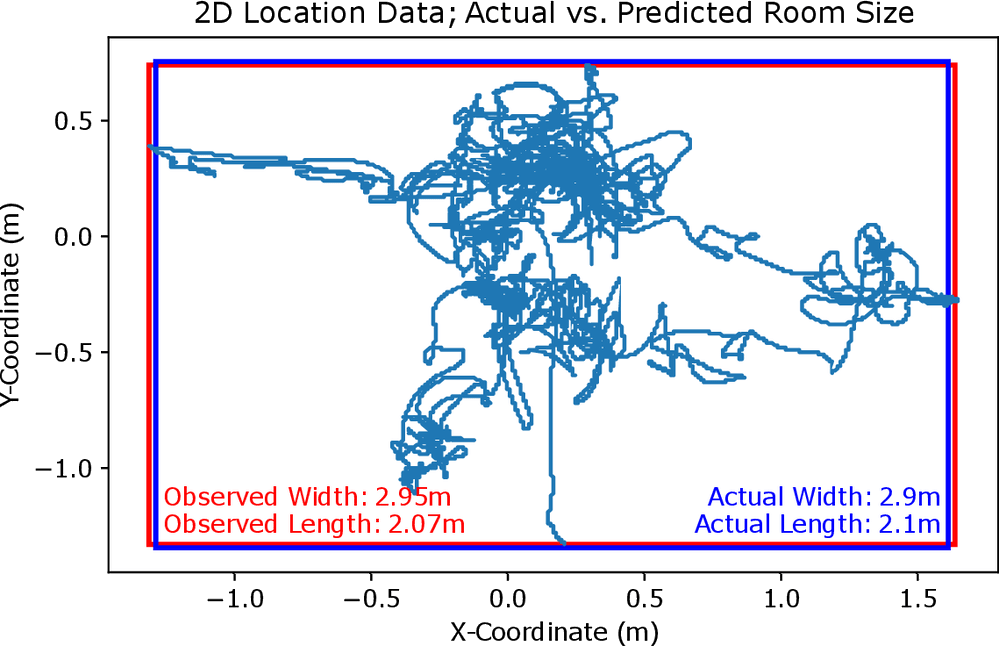
“Exploring the Unprecedented Privacy Risks of the Metaverse”
2022 | Vivek Nair · Gonzalo Munilla Garrido · Dawn Song | https://doi.org/10.48550/arXiv.2207.13176
Thirty study participants playtested an innocent-looking "escape room" game in virtual reality (VR). Behind the scenes, an adversarial program had accurately inferred over 25 personal data attributes, from anthropometrics like height and wingspan to demographics like age and gender, within just a few minutes of gameplay. As notoriously data-hungry companies become increasingly involved in VR development, this experimental scenario may soon represent a typical VR user experience. While virtual telepresence applications (and the so-called "metaverse") have recently received increased attention and investment from major tech firms, these environments remain relatively under-studied from a security and privacy standpoint. In this work, we illustrate how VR attackers can covertly ascertain dozens of personal data attributes from seemingly-anonymous users of popular metaverse applications like VRChat. These attackers can be as simple as other VR users without special privilege, and the potential scale and scope of this data collection far exceed what is feasible within traditional mobile and web applications. We aim to shed light on the unique privacy risks of the metaverse, and provide the first holistic framework for understanding intrusive data harvesting attacks in these emerging VR ecosystems.









